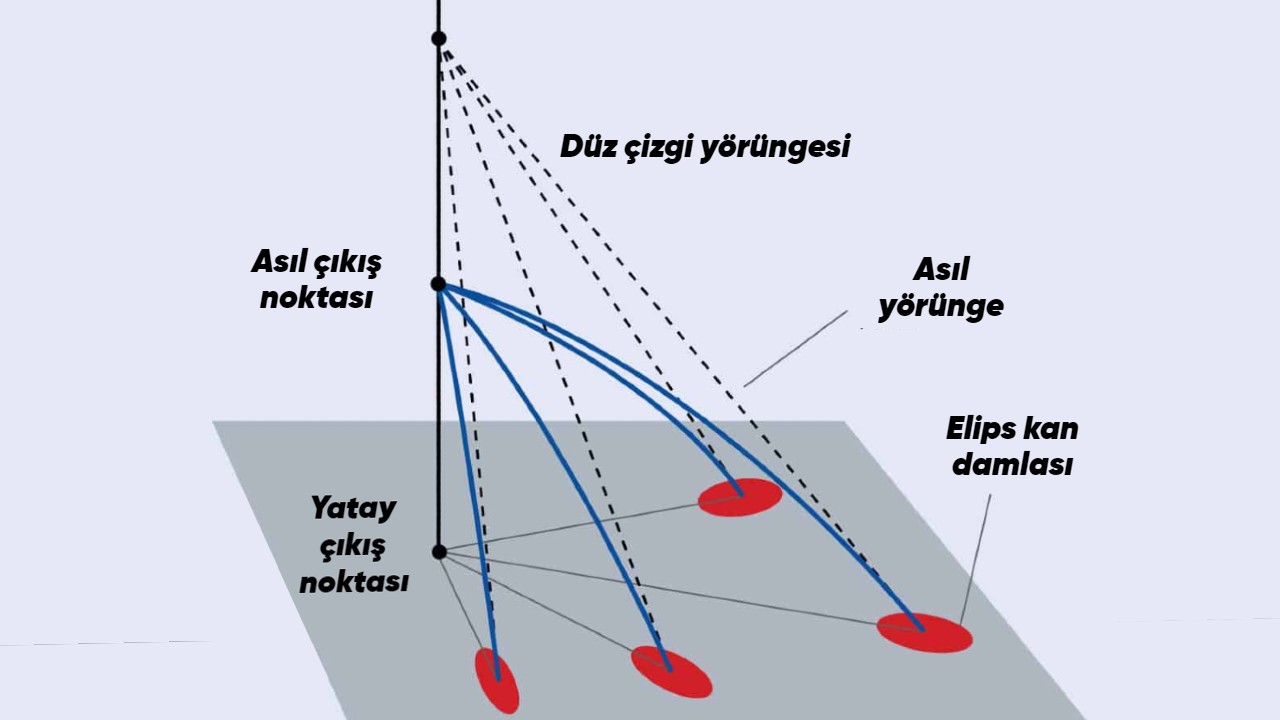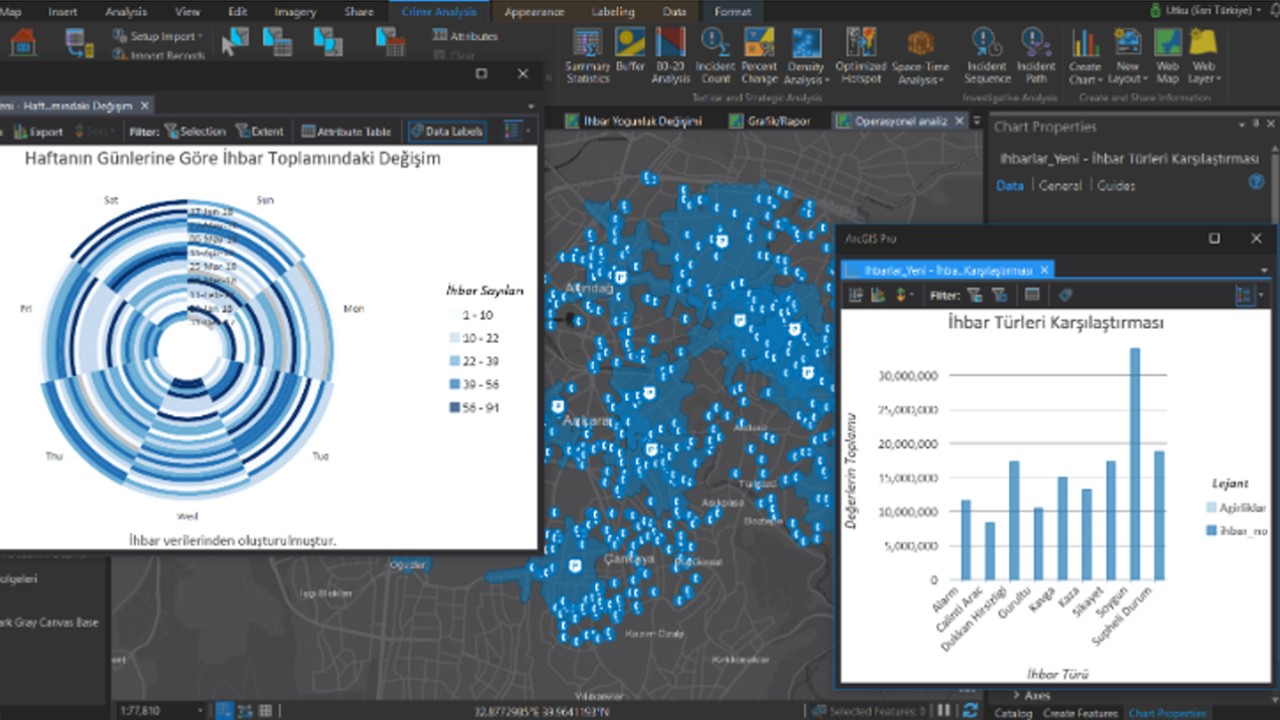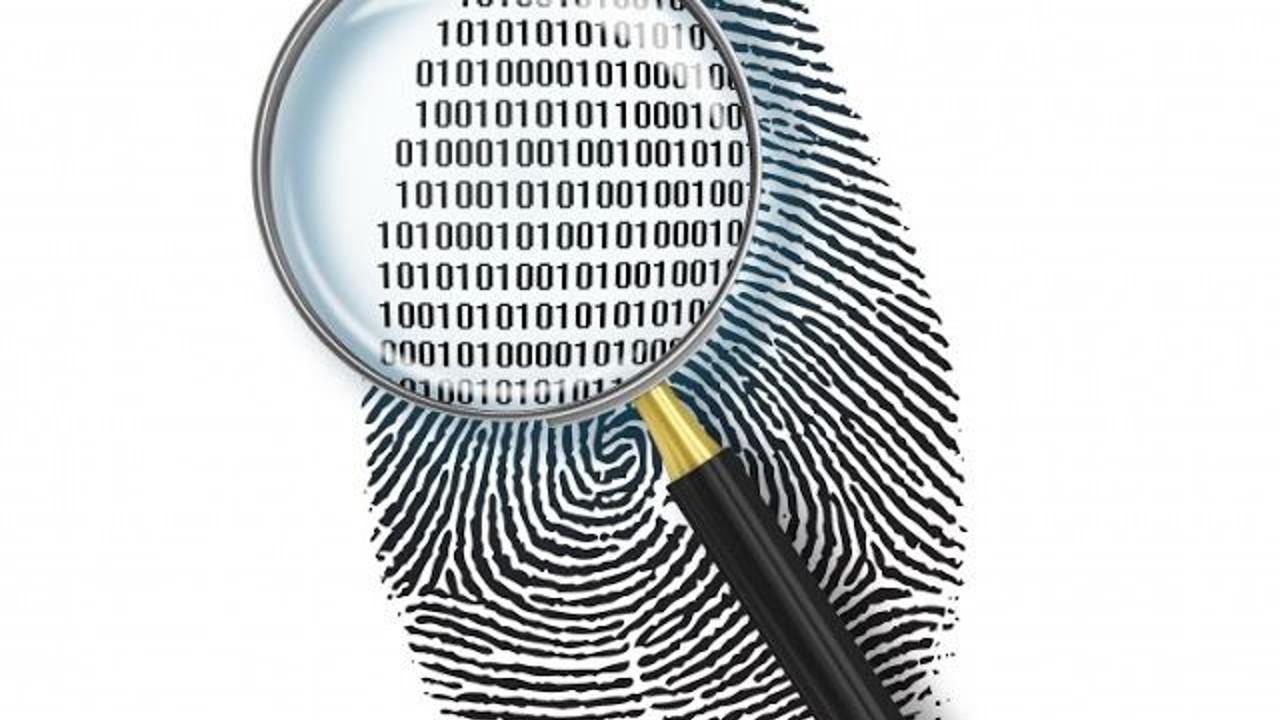We know more or less about crime scene investigation, which we usually see in detective and true crime TV series, movies or documentaries. Well, did it ever occur to you that we also benefited from mathematics in these studies?
crime scene investigation team at the scene of a crime or accident One of the most important pieces of evidence he pays attention to is undoubtedly blood stains. We all know about the efforts to find out who belongs to blood stains by DNA analysis, but there are many other clues we can pull out from the stains.
While uncovering clues, including a bloodstain how to use math Before going into detail, let’s take a look at the information about “Bloodstain Pattern Analysis” (BPA) in forensic medicine.
What does the bloodstain pattern analysis reveal at the crime scene?
- Whether the wounds on the bodies of the injured or the deceased are compatible.
- The origin and origin of the event.
- What kind of blow or blows are applied, the number of blows and the direction of the blow.
- Shooting distance in deaths or injuries caused by firearms.
- Properties of the object used in the event.
- The actions of the victim and the perpetrator during and after the incident.
- The location of the deceased or injured person and the perpetrator relative to each other and to other objects at the scene.
- Whether the crime scene was subsequently changed.
- Supporting or rejecting the statements of the victim, accused or witness during the investigation phase.
The angle at which the blood hits the ground is calculated using mathematics.
Angle of the blood drop at the moment it hits the target, is the impact angle. This angle can vary from the smallest acute angle of 1 C ̊ to 90 C ̊. If the blood falls on a flat surface, it descends to the ground at an angle of 90°C. This blood descending to the ground is a circular droplet.
If the blood descends to the ground at an angle below 70°C, the droplet an elliptical tail occurs. Crime scene investigators measure the width and length of the bloodstain when analyzing it. So how?
Without the help of triangles and trigonometric connections…

Crime scene investigation, using the right triangle, of the falling blood droplet Calculates the angle it makes with the surface. In this calculation, it is assumed that the diameter of the droplet before the blood hits the ground is equal to the diameter after it hits.
This assumption is not strictly correct, but an approximate data emerges. After obtaining the data right triangles and trigonometry Calculates the angle of incidence of blood.
Even Newton plays a role in another method that has an important place in forensic medicine!
in mathematics “exponential function” The term is related to processes that depend on the amount of material present as time changes and is often used to calculate the time of death. Body temperature data is accessed to analyze the approximate time of death.
A dead body continues to cool until it reaches ambient temperature. Newton’s “law of cooling” An exponential function is obtained when the reduced heat is calculated mathematically.
The geo-profiling method that allows the serial killer nicknamed “Jack the Ripper” to find his place of residence:

In some cases, the crimes committed may be related to each other. In order to bring these crimes to light, information is often collected from all of the linked murders. Based on previous criminal records and collected information suspect list is created and related crime information, the address of the estimated murderer is reached.
According to the calculations made with this analysis, one of the most famous serial killers in history, Jack the Ripper Flower and Dean Street in east London He is presumed to have lived nearby.
And of course the possibility…

What we all saw in high school when examining evidence related to DNA, blood type, and fingerprints. from conditional probability is used. Conditional probability is used when trying to establish whether two events related to the crime under investigation are connected.
If the conditional probability is ignored, there is a possibility of coming to wrong conclusions about the event. Finally statistical analysis with similarities and differences.
RELATED NEWS
Oldest Known Unsolved Murder Clarified After 1300 Years
RELATED NEWS
